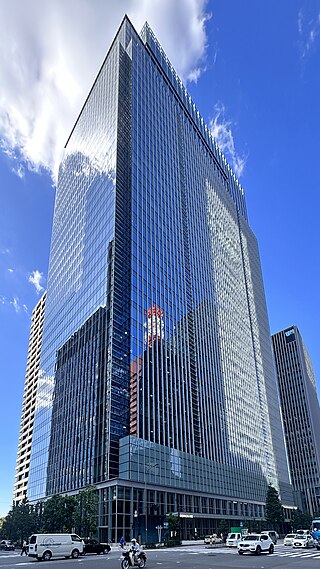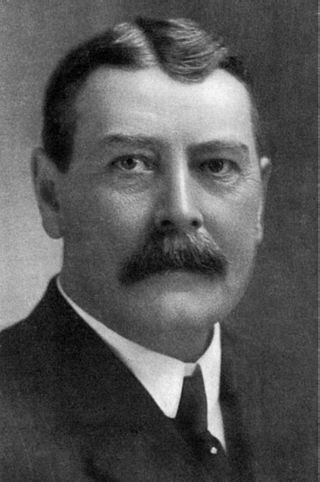Related Research Articles

The tertiary sector of the economy, generally known as the service sector, is the third of the three economic sectors in the three-sector model. The others are the primary sector and the secondary sector (manufacturing).
Foreign trade played an important role in the national economy of Communist Czechoslovakia as opposed to the economic system of the Soviet Union.

Scrap consists of recyclable materials, usually metals, left over from product manufacturing and consumption, such as parts of vehicles, building supplies, and surplus materials. Unlike waste, scrap has monetary value, especially recovered metals, and non-metallic materials are also recovered for recycling. Once collected, the materials are sorted into types — typically metal scrap will be crushed, shredded, and sorted using mechanical processes.
The United Nations Standard Products and Services Code (UNSPSC) is a taxonomy of products and services for use in eCommerce. It is a four-level hierarchy coded as an eight-digit number, with an optional fifth level adding two more digits.
The Industry Classification Benchmark (ICB) is an industry classification taxonomy launched by Dow Jones and FTSE in 2005 and now used by FTSE International and STOXX. It is used to segregate markets into sectors within the macroeconomy. The ICB uses a system of 11 industries, partitioned into 20 supersectors, which are further divided into 45 sectors, which then contain 173 subsectors.
The International Standard Classification of Occupations (ISCO) is an International Labour Organization (ILO) classification structure for organizing information on labour and jobs. It is part of the international family of economic and social classifications of the United Nations. The current version, known as ISCO-08, was published in 2008 and is the fourth iteration, following ISCO-58, ISCO-68 and ISCO-88.
The United Kingdom Standard Industrial Classification of Economic Activities (UKSIC) is a Standard Industrial Classification that is intended to help classify businesses according to the type of their economic activity. One or more SIC codes can be attributed to a business. SIC codes identify what a business does.
The International Standard Industrial Classification of All Economic Activities (ISIC) is a United Nations industry classification system. Wide use has been made of ISIC in classifying data according to kind of economic activity in the fields of employment and health data.

The economy of Ontario is diversified. Ontario is the largest economy in Canada, making up around 38% of Canadian GDP. Though manufacturing plays an important role in Ontario's economy responsible for 12.6% of Ontario's GDP, the service sector makes up the bulk, 77.9%, of the economy. Ontario's net debt-to-GDP ratio will rise to 40.7% in the year 2019–2020.

Mitsui & Co., Ltd. is one of the largest sogo shosha in Japan; it is part of the Mitsui Group.

The Kyrgyz State Technical University named after Iskhak Razzakov is a university in Bishkek, Kyrgyzstan. Formerly the university was known as the Frunze Polytechnic Institute. It was founded in 1954.
Trade is a key factor of the economy of China. In the three decades following the dump of the Communist Chinese state in 1949, China's trade institutions at first developed into a partially modern but somewhat inefficient system. The drive to modernize the economy that began in 1978 required a sharp acceleration in commodity flows and greatly improved efficiency in economic transactions. In the ensuing years economic reforms were adopted by the government to develop a socialist market economy. This type of economy combined central planning with market mechanisms. The changes resulted in the decentralization and expansion of domestic and foreign trade institutions, as well as a greatly enlarged role for free market in the distribution of goods, and a prominent role for foreign trade and investment in economic development.

Industry is 39.4% of China's gross domestic product (GDP) in 2022. In 2007, industry contributed 46.7 percent of GDP in 2010 and occupied 27 percent of the workforce. In 2015, the manufacturing industrial sectors contributed to 40% of China's GDP. The manufacturing sector produced 44.1 percent of GDP in 2004 and accounted for 11.3 percent of total employment in 2006.

Bulgaria is an industrialized nation with a developed heavy and light manufacturing industry. In 2007 industry accounted for 31.7% of the country's GDP. This makes industry the second largest sector of the economy after services. In 2007 the sector employed 33.6% of the labour force.
International Classification of Goods and Services also known as the Nice Classification was established by the Nice Agreement (1957), is a system of classifying goods and services for the purpose of registering trademarks. It is updated every five years and its latest 11th version of the system groups products into 45 classes, and allows users seeking to trademark a good or service to choose from these classes as appropriate. Since the system is recognized in numerous countries, this makes applying for trademarks internationally a more streamlined process. The classification system is specified by the World Intellectual Property Organization (WIPO).

Manufacturing in Australia peaked in the 1960s at 25% of the country's gross domestic product, and has since dropped below 10%. At one stage manufacturing employed almost a third of Australia's workforce. Automotive manufacturing in Australia began in the 1920s and came to an end in 2017.

Joy Global Inc. was a company that manufactured and serviced heavy equipment used in the extraction and haulage of coal and minerals in both underground and surface mining. The company had manufacturing facilities in Alabama, Pennsylvania, Texas, Wisconsin, Australia, Canada, China, France, South Africa, Poland and the United Kingdom. In 2017, Joy Global was acquired by Komatsu Limited and was renamed Komatsu Mining Corp.
'The Queen's Award for Enterprise: International Trade (Export) (2009)' was awarded on 21 April.
The Queen's Award for Enterprise: International Trade (Export) (2005) was awarded on 21 April 2005, by Queen Elizabeth II.

The machine industry or machinery industry is a subsector of the industry, that produces and maintains machines for consumers, the industry, and most other companies in the economy.
References
- The list of codes from the ABS
- Business industry code search list, ATO
- Business Industry Classification Code Search, New Zealand
- 1292.0 - Australian and New Zealand Standard Industrial Classification (ANZSIC), 2006 (Revision 1.0), ABS
- 1292.0 - Australian and New Zealand Standard Industrial Classification (ANZSIC), 1993, ABS
- Industrial classification, Statistics New Zealand 2006 Buy Barstools NZ